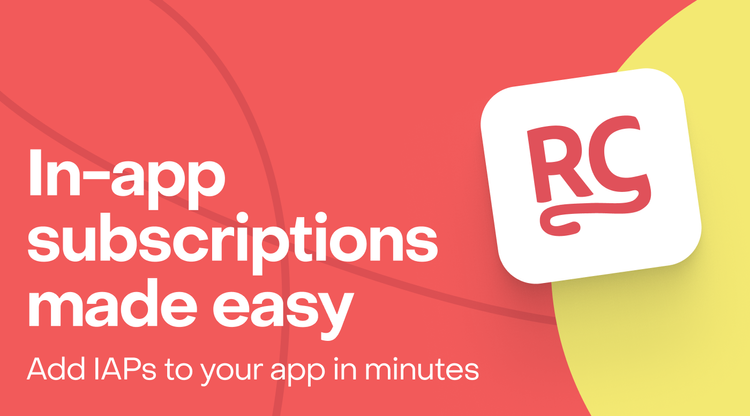I can teach you SwiftUI in 12 hours 👩🏼🎓👨🏻🎓
Hi 👋
Before I start this email, I have a big thank you to my returning sponsor for a second week in a row: RevenueCat 😼
Advertisement
RevenueCat makes adding subscriptions to your app simple🚀
Never worry about StoreKit 🤦♂️📱
Plus, get out-of-the-box charts and reporting for your app 📈📊
Sponsors like RevenueCat really help me grow my content creation, so if you have time please make sure to have a look at what they offer: it’s a direct support to my content creation ☺️
Since the end of 2021 I’ve been teaching private SwiftUI training sessions for a few French companies.
Their feedback was pretty positive, so last spring I decided to record this training course through a series of free livestreams on YouTube.
And now that the training course is complete, I want to let you know what it can teach you 😀
(and if you’re wondering about the price, it’s available entirely for free!)
Chapter 1 – The Basics of SwiftUI
We start by taking a look at what a typical SwiftUI app looks like and we deep dive into the main concepts of SwiftUI to really understand how they work 👌
Chapter 2 – The Layout System
SwiftUI is first and foremost a UI framework, but the way it manages to layout views is quite different from how UIKit does it.
So we take the time to understand how views are laid out in SwiftUI 😌
Chapter 3 – State Management
If you've ever seen SwiftUI code, you've probably noticed that the framework makes a heavy use of property wrappers!
@State, @Binding, @StateObject, @ObservedObject: we'll discover how each of them allows us to manage state.
Chapter 4 – The Navigation
Once you've learned how to implement an entire screen in SwiftUI, the logical next step is to discover how to navigate between screens!
Here we go over the 3 main ways to navigate: push/pop, tab bar and modal presentation.
Chapter 5 – Advanced Data Flows
With this chapter, we start to reach the more advanced features of SwiftUI!
We already saw in Chapter 03 how to explicitly pass state between views, and now we learn how to implicitly pass state 🤨
Chapter 6 – Mixing SwiftUI & UIKit
Now that we have a strong understanding how SwiftUI works, it's time we focus on a key topic that will enable you to start using SwiftUI inside an existing app: how to interoperate SwiftUI and UIKit 🤝
Chapter 7 – Advanced UI
Finally, in this last chapter we discover advanced UI tips and tricks:
👉 how to perform Animations and Transitions
👉 when to use Lazy views
👉 what useful APIs were introduced in iOS 15
And that's it, after watching these 12 hours of training you'll be able to start a new SwiftUI project or to integrate SwiftUI in an existing UIKit project 😌
As I said, this course is available entirely for FREE on YouTube!
However if you want to easily download all the video and code examples, or just leave me a tip, you can also buy it on Gumroad for just $1 ☺️
That’s all for this email, thanks for reading it!
If you’ve enjoyed it, feel free to forward it
to your friends and colleagues 🙌
I wish you an amazing week!
❤️
